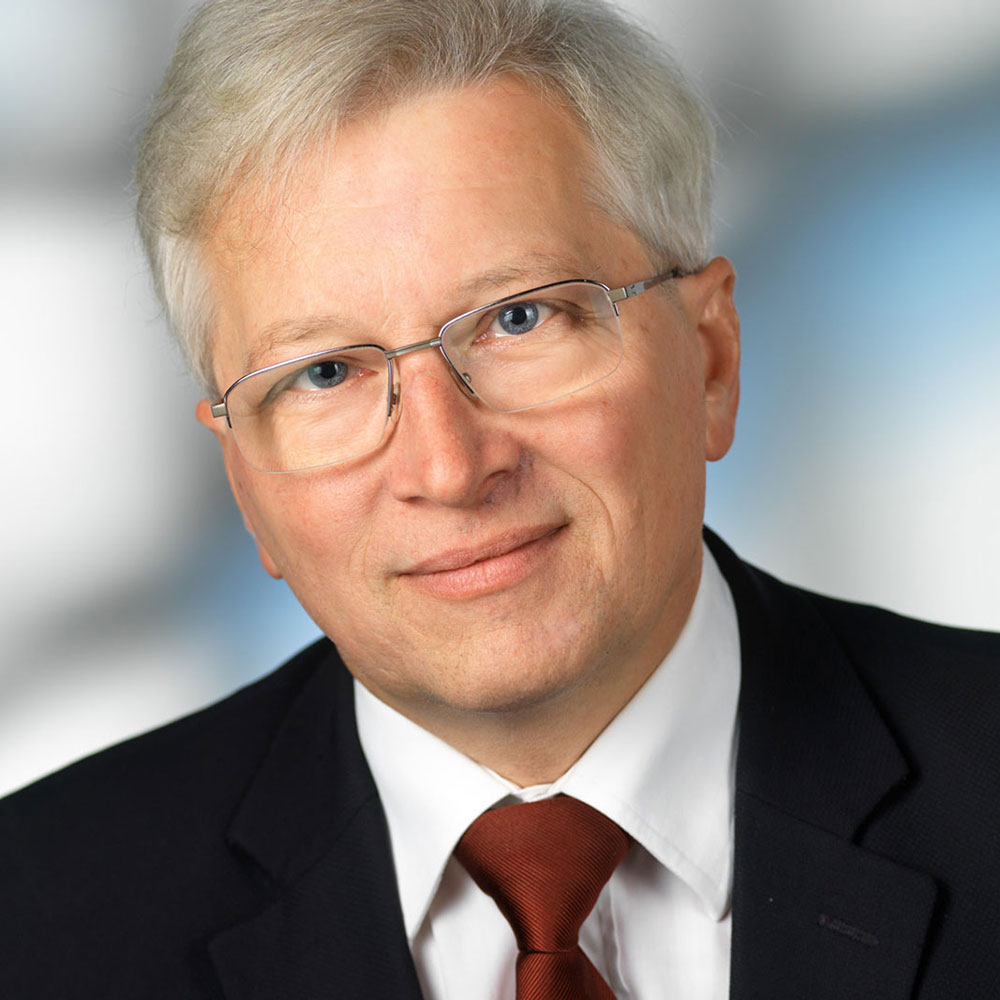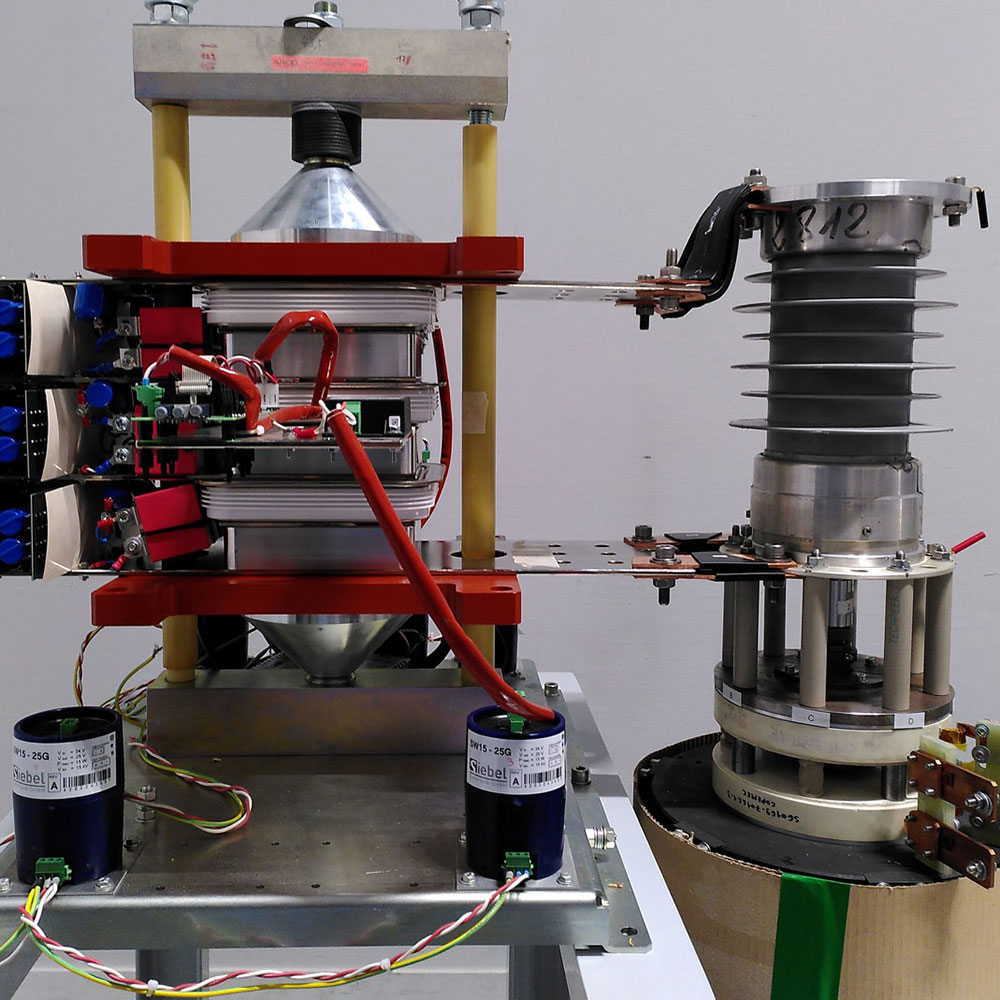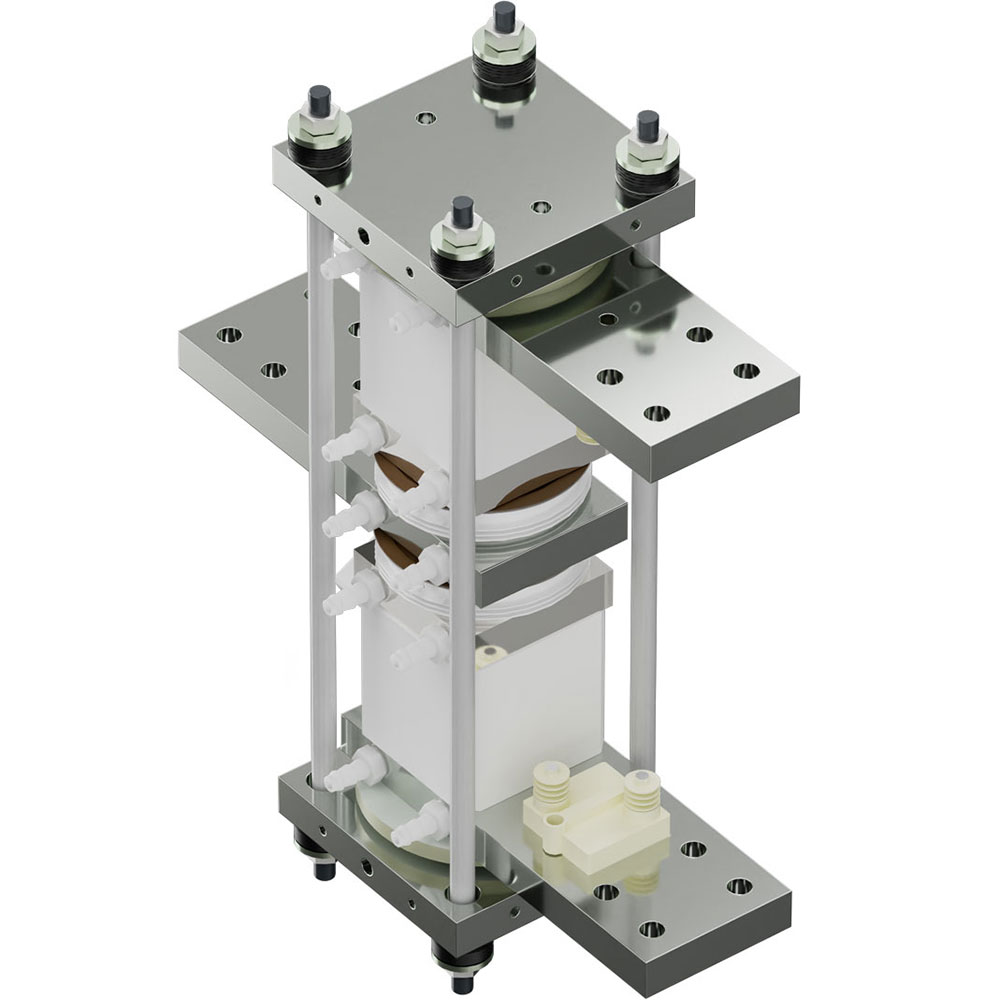Prof. Marco Liserre, University of Kiel., Prof. Dr.-Ing. Giovanni De Carne, Karlsruhe Institute of Technology

Effective stability means increased capacity
Smart SSTs can compensate for disturbances, by regulating voltage to change the operating point of the grid. For example, the frequency variations resulting from a RES going offline were the focus of a cooperative study between the Chair of Power Electronics of Kiel University and University College Dublin, Ireland. This found that smart SSTs could change the voltage and thus vary power to produce a damping effect that smoothed the frequency oscillation. The result of being able to control this variability meant at least 10% more capacity for RESs in the grid, without extra investment in storage systems. In some cases, a smart SST can even create controlled perturbations in the grid to gauge how much of a benefit it can deliver.
And of course the same principle applies on the load side too. For example, to support charging areas for electric vehicles (EVs) in urban areas as well as remote, motorway services. Here smart SSTs not only enable different charging modalities for heavy vehicles, hurried business users and private users with more time, but can also coordinate power usage with the grid: A study in the German “Ensure” and “Kielflex” projects have shown how the smart support from SSTs can increase the overall capacity of such a charging infrastructure.
Contributing to transmission grid stability
There is an emerging tendency to see the capabilities of the smart SSTs that can be installed in primary and secondary distribution grids as a source of flexibility to support the transmis-sion grid. They achieve this by (cumulatively) offering reactive power or frequency services (as mentioned above). This relies primarily on renewable sources, but can also use the voltage dependency of many of the devices consuming power. Other studies have looked into the possibilities to transfer these finding to high voltage DC (HVDC) transmission, in-cluding HVDC supporting AC lines in which they are embedded; as well as smart SSTs working as static synchronous compensators (STATCOMs) and even with battery storage in distribution grids.
Another potential for smart SSTs to improve overall grid stability is by acting as a restoration service for black starts. The smart SST uses local generation to autonomously restart the low-voltage grid (as a controlled island), then rebuilds the voltage to restart the medium voltage grid. Of course, if there is integrated storage, this can help further by buffering immediate mismatches between production and consumption.
The time has come for smart SSTs
As the expectations for high and medium voltage grids change, the time is ripe for the widespread deployment of smart SSTs. The possibilities for reacting to variable supply and demand, and the ability to control decoupling for black starts are part of this. Although hybrid transformer solutions (partially based on power converters) are still often the default choice, modular multilevel converters (MMCs) are likely to replace these over time – much as wind turbines began with soft starters and variable resistance in the rotor, but have since shifted to full power electronics. An MMC with full bridge cell can work also in buck-mode, protect DC links against short-circuit, and enable the grid for a wide range of applications in charging stations, and so on.
To enable and support the range of applica-tions involves standardization. This extends from the task force looking into potential smart functionalities, and how these are influenced by topology (IEEE PES Task Force), through recommendation to make SST hardware topol-ogies comparable, so network operators can make confident decisions (IEEE SA P3105), to the workgroup looking at power system and power electronics aspects across AC, HVDC and MVDC (CIGRE WG B4.91). As with any part of the energy infrastructure, there is also work being done in the robustness of smart SSTs against cyber-attacks, not only through unwanted access, but through potential dis-turbance through induction effects.










